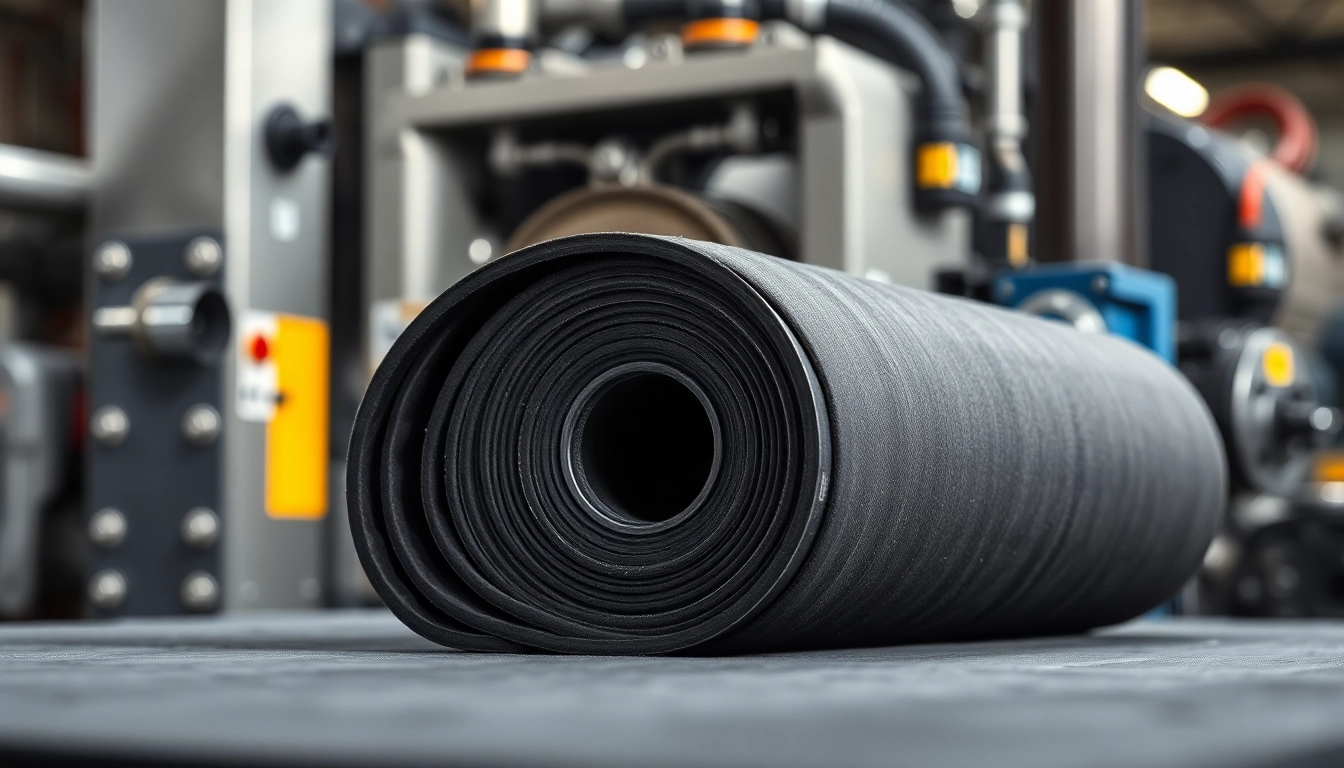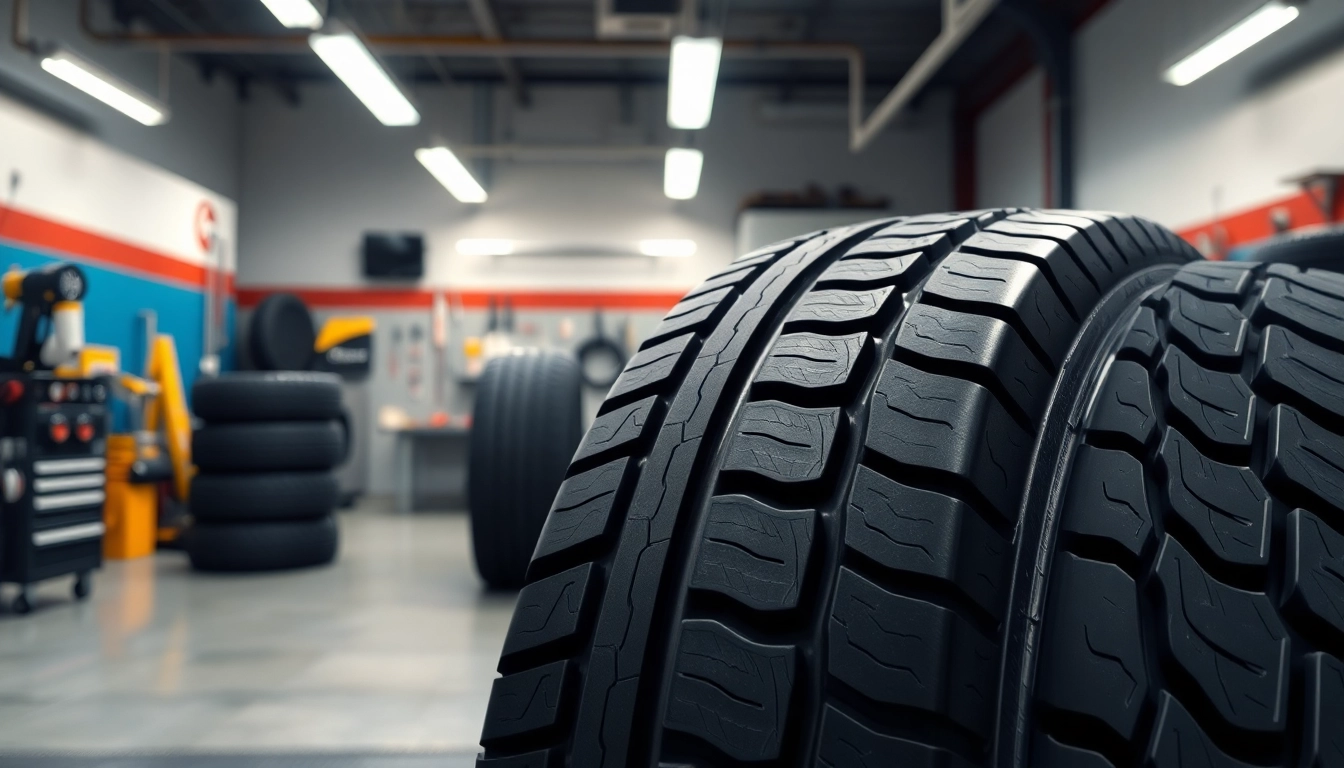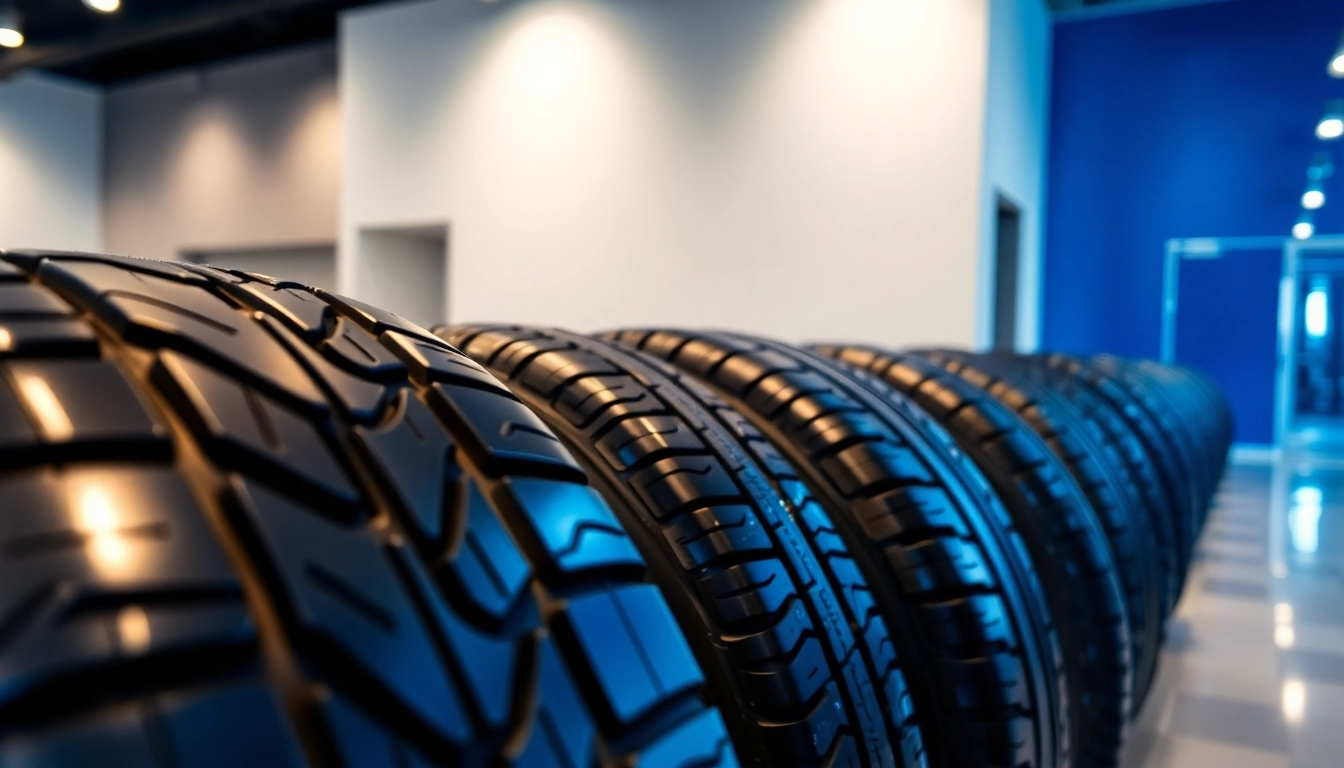
Introduction to Epoxy Prepregs
Epoxy prepregs have gained significant attention in advanced manufacturing due to their outstanding performance and versatility. These materials are crucial in a variety of industries, including aerospace, automotive, and sporting goods, where high strength, lightweight characteristics, and durability are paramount. Essentially, epoxy prepregs consist of fibers that have been pre-impregnated with a thermosetting resin, typically epoxy resin. This combination allows for enhanced mechanical properties and provides a solution to many manufacturing challenges faced today.
What are Epoxy Prepregs?
Epoxy prepregs are composite materials made from reinforcing fibers that are pre-impregnated with uncured epoxy resin. This creates a composite that is manageable and can be manipulated into various shapes before the curing process. Common fibers used in prepregs include carbon fiber, glass fiber, and aramid fiber, each contributing unique properties and performance characteristics to the final composite.
History and Development of Epoxy Prepregs
The development of epoxy prepregs dates back to the early 1960s when innovations in resin technology and composite processing began to gain traction. Initially utilized in the aerospace sector, the demand for these materials grew as industries recognized their potential to deliver superior performance in various applications. Continuous advancements in technology have led to the refinement of both the resin formulations and the manufacturing processes, enabling more complex geometries and enhancing the material properties of the final products.
Key Properties of Epoxy Prepregs
Epoxy prepregs boast several key properties that make them ideal for advanced manufacturing:
- High Strength-to-Weight Ratio: The combination of high-strength fibers and lightweight epoxy resin results in materials that provide exceptional structural integrity without added weight.
- Thermal and Chemical Resistance: Epoxy resins provide superior resistance to high temperatures and harsh chemicals, making prepregs suitable for challenging environments.
- Excellent Adhesion Properties: The resin matrix in epoxy prepregs ensures strong bonding between fibers, which contributes to the overall performance of the composite.
- Versatility in Processing: These materials can be molded and cured in different methods, allowing for a diverse range of applications and manufacturing processes.
Applications of Epoxy Prepregs
The applications of epoxy prepregs are as varied as the properties they embody. From aerospace to automotive and beyond, their use is becoming ubiquitous in advanced manufacturing.
Industries Utilizing Epoxy Prepregs
Many industries capitalize on the properties of epoxy prepregs:
- Aerospace: The aerospace sector utilizes these materials to build lightweight yet strong components for aircraft, including wings, fuselages, and interior panels.
- Automotive: The automotive industry employs epoxy prepregs for producing lightweight parts that improve fuel efficiency without compromising safety.
- Sporting Goods: High-performance equipment such as bicycles, tennis rackets, and fishing rods leverage these materials for enhanced performance and durability.
- Wind Energy: Epoxy prepregs are used in the manufacture of turbine blades, helping to optimize strength while minimizing weight.
Specific Use Cases in Aerospace and Automotive
Specific applications can highlight how epoxy prepregs are uniquely suited for the challenges faced in both aerospace and automotive sectors:
- Aerospace: In aircraft manufacturing, epoxy prepregs are used in the construction of radomes and wing structures, where weight savings directly correlate to improved fuel efficiency and performance. The ability of these materials to withstand high mechanical loads makes them essential in critical applications.
- Automotive: Car manufacturers utilize epoxy prepregs for components like hoods and roof panels where reducing weight can significantly promote energy efficiency. Innovations in prepreg technology have enabled the creation of parts with complex geometries that were not feasible with traditional materials.
Benefits in Manufacturing Processes
In manufacturing processes, epoxy prepregs simplify handling and fabrication. They often do not require extensive processing steps, leading to reduced time and labor costs. Additionally, the preciseness in resin distribution provides uniformity, which contributes to the quality and performance of the final products.
Manufacturing with Epoxy Prepregs
The practical aspects of working with epoxy prepregs are crucial to understanding their full potential in manufacturing:
Preparation for Use in Composite Manufacturing
Before utilizing epoxy prepregs, it is essential to prepare the manufacturing environment appropriately. This includes ensuring that the workspace is clean, managing temperatures to keep prepregs stored in optimal conditions, and using proper handling techniques to maintain the integrity of the materials.
Curing Processes and Techniques
Curing is a critical aspect of working with epoxy prepregs. Depending on the type of prepreg and the final application, curing can be accomplished through several methods:
- Autoclave Curing: This method uses high pressure and temperature to achieve superior mechanical properties and reduce voids.
- Oven Curing: Often utilized for simpler configurations, this method allows for a continuous process and is generally less expensive than autoclave curing.
- Room Temperature Curing: Some prepregs are designed to cure at ambient temperatures, providing convenience, especially for prototyping.
Common Challenges and Solutions
Manufacturers often encounter challenges when working with epoxy prepregs:
- Handling and Storage: Improper handling and temperature fluctuations can affect the resin’s quality. Storing prepregs in a controlled environment and using proper handling techniques can mitigate these issues.
- Curing Inconsistencies: Variations in temperature during curing can result in uneven hardness. Maintaining a controlled curing environment and using thermocouples can improve consistency.
Advantages of Epoxy Prepregs
When comparing epoxy prepregs to other composite materials, several distinct advantages come to the forefront:
Comparison with Other Composite Materials
Epoxy prepregs stand out when compared to traditional composite materials:
- Weight-to-Strength Ratio: Epoxy prepregs typically offer a greater strength-to-weight ratio than alternatives such as thermoplastics or conventional fiberglass layups.
- Process Stability: They provide more stable manufacturing processes because of the pre-impregnated nature, which leads to reduced waste and improved consistency.
Benefits for Performance and Durability
Notably, the performance and durability of epoxy prepregs are significant advantages:
- Enhanced Durability: These materials exhibit superior fatigue resistance, making them ideal for applications subject to repeated stress.
- High Resistance to Degradation: Epoxy prepregs maintain their properties over time, ensuring long-term durability even in harsh operating conditions.
Environmental Considerations
In recent years, the environmental impact of manufacturing has gained more attention. The development of low-impact formulations for epoxy prepregs is ongoing, focusing on reducing emissions and promoting recyclability. Additionally, using lightweight materials contributes to energy efficiency throughout a product’s lifecycle, especially in sectors such as transportation.
Future of Epoxy Prepregs in Advanced Manufacturing
The landscape of advanced manufacturing is continuously evolving, and epoxy prepregs are playing a significant role in its future:
Innovations and Trends
Emerging innovations in epoxy prepregs are shaping the future of this material:
- Smart Materials: Integration of sensors and intelligence into prepregs to monitor structural health is on the horizon, offering real-time data about performance.
- Sustainability Initiatives: The push for eco-friendly solutions is leading to the development of bio-derived epoxy resins that meet performance standards while reducing environmental impact.
Predictions for Market Growth
The market for epoxy prepregs is projected to grow steadily. As industries continue to explore lightweight and efficient materials for various applications, the demand for these composites is likely to rise. Growth will also be driven by advancements in processing technologies that improve both the manufacturing efficiency and final product quality.
Conclusion: The Role of Epoxy Prepregs Moving Forward
Epoxy prepregs represent a critical evolution in composite materials and will undoubtedly play a pivotal role in future manufacturing processes. The blend of high performance, versatility, and advancements in technology ensures that these materials will remain at the forefront of innovation across multiple sectors. As industries strive for enhanced sustainability and performance, epoxy prepregs will continue to be a key player in the quest for solutions that meet both technological and environmental demands.







